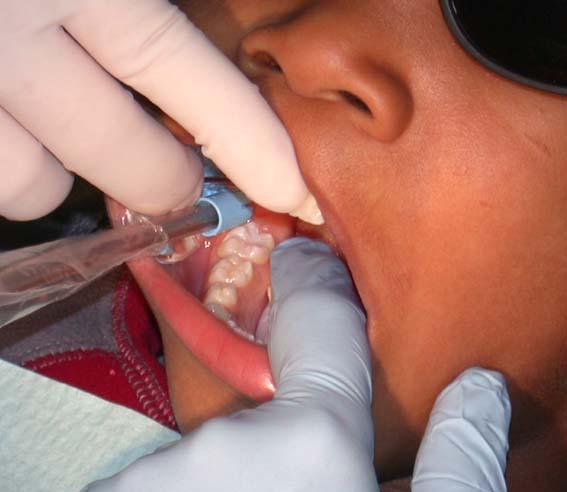

The Facts
01/24/20: The brochures and children's activity sheets formerly available on this page have been temporarily removed pending review and modifications. We apologize for the inconvenience.

It is best if the sealant is applied soon after the molars have erupted (molar eruption chart; PDF, 243 KB), before the teeth have a chance to develop decay. Sealants can be clear, white, or slightly tinted and cannot be seen when a child talks or smiles. Getting sealants is a painless process that only takes minutes. One sealant application can last up to 10 years with proper dental care. Proper dental care includes regular brushing and flossing and a healthy diet, low in sweets. Dental sealants should be checked regularly by your dentist. A combination of brushing with a fluoride toothpaste, flossing, dental sealants, good nutrition and regular dental check-ups can prevent almost all tooth decay in children.